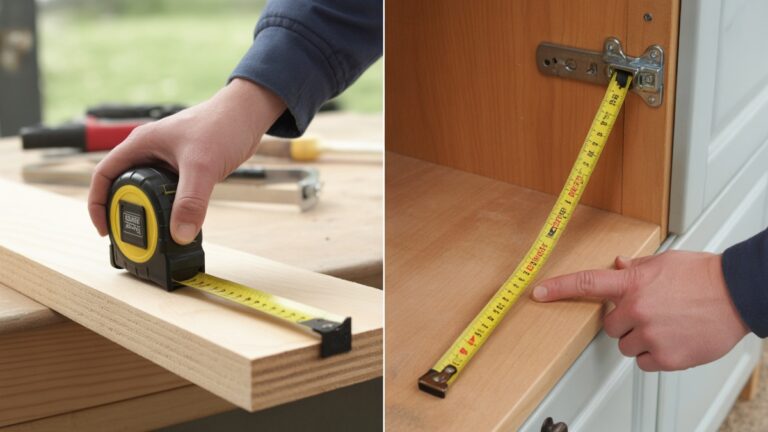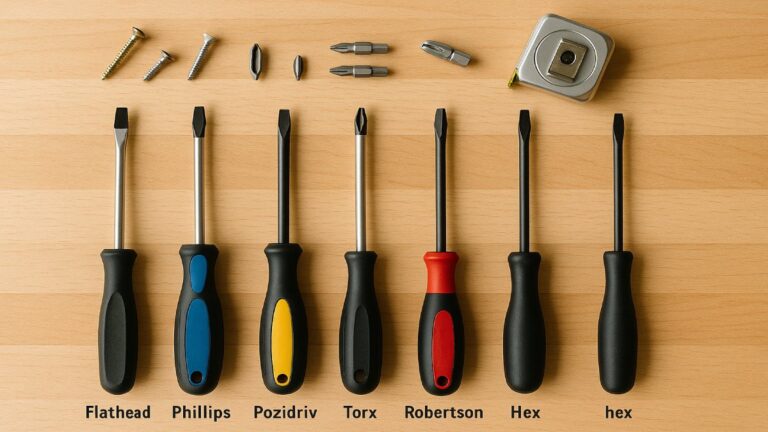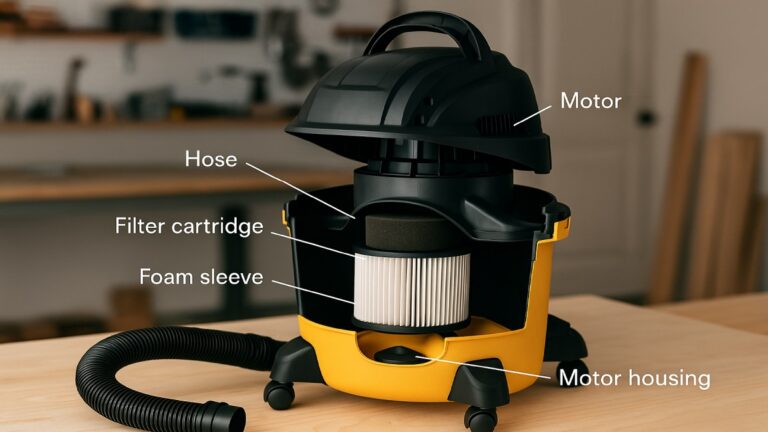How to Choose the Right Hammer for Each Home Project
Find the perfect hammer for every task — from light DIY repairs to heavy framing work — and learn how design, weight, and material shape your results.
Every home project begins with one essential tool: the hammer. Yet, few people realize how much the type, weight, and handle design can affect their results. A hammer that’s perfect for hanging a photo might be useless for framing a wall or shaping metal. The right tool not only improves precision but also reduces fatigue, prevents surface damage, and keeps you safer during every swing.
Whether you’re setting nails into trim, assembling furniture, or knocking out a wall, understanding hammer design can turn frustration into craftsmanship. This guide explains every factor — from head shape to handle material — so you can match the right hammer to each job and work smarter, not harder.
Hammer Basics — Anatomy and Function
A hammer is simple in theory but carefully engineered in practice. Every part plays a role in balance, striking power, and control. Knowing these components helps you choose a hammer that feels comfortable, accurate, and safe in your hands.
Head and Face
The hammer’s head does all the striking. Most heads are made from hardened steel, but titanium and brass versions exist for specific needs. The face — the striking surface — comes in two main styles:
- Milled face: Textured with a crosshatch pattern to grip nail heads. Ideal for framing and rough carpentry but can leave marks on wood.
- Smooth face: Polished flat surface for finish work where appearance matters. Perfect for trim, molding, or cabinetry.
The weight of the head, typically between 8 and 22 ounces, affects control and fatigue. Heavier heads drive nails faster, while lighter ones give you precision for delicate work.
Handle and Grip
Handles are the hammer’s backbone. They determine comfort, shock absorption, and swing stability. The most common options are:
- Wood (usually hickory): Natural feel and excellent shock absorption. Traditional and easy to replace.
- Fiberglass: Durable and resistant to moisture and cracking. Often paired with rubberized grips for comfort.
- Steel: Strongest and most durable but transmits more vibration. Most include cushioned grips to offset shock.
A well-balanced hammer feels like an extension of your arm — not too top-heavy or handle-heavy. That balance lets you swing smoothly and hit precisely where you aim.
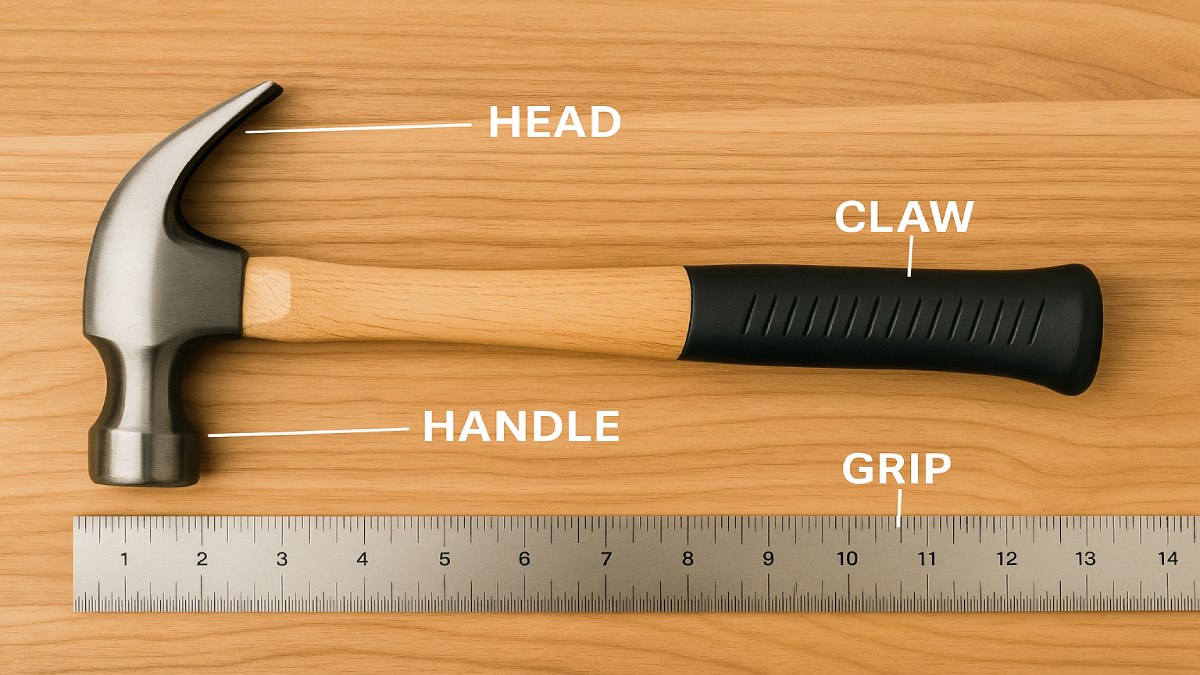
Hammer Types and Their Best Uses
Hammers come in dozens of varieties, each designed for a specific type of job. Matching the tool to the task ensures cleaner results, better safety, and longer tool life. Here’s a breakdown of the most common hammer types and their uses around the home or workshop.
Claw Hammers
The classic claw hammer is the most versatile option for home projects. Its dual-purpose head lets you drive and pull nails with ease. Curved-claw hammers are best for household tasks like hanging frames or assembling furniture, as their shape provides leverage in tight spots. Straight-claw (rip) hammers handle demolition and prying, making them essential for construction or remodeling.
Framing Hammers
Heavier and longer than standard claw hammers, framing hammers deliver serious impact power. With heads weighing around 20 to 22 ounces and long handles for extra leverage, these tools drive large nails efficiently. Their milled faces keep nails from slipping, while straight claws help with tearing down structures or separating boards.
Finish and Trim Hammers
Finish hammers, usually 12 to 16 ounces, feature smooth faces to prevent dents and marks. They’re ideal for detailed projects such as installing trim, cabinetry, or furniture repair. Their lightweight design makes them easy to control, giving you the finesse needed for precision work.
Ball-Peen Hammers
Used mainly in metalworking, the ball-peen hammer has one flat striking surface and one rounded end (the “peen”). It’s perfect for shaping metal, rounding rivets, and closing seams without damaging the material. You’ll also find it useful for light mechanical repairs and small engine work.
Mallets and Dead-Blow Hammers
Mallets deliver gentle force without leaving marks. A rubber mallet is excellent for assembling furniture or tapping tiles into place. A dead-blow hammer, filled with sand or steel shot, minimizes rebound, giving controlled strikes that protect both surface and user.
Specialty Hammers
Specialty models like drywall hammers, tack hammers, and non-sparking brass hammers handle unique materials or safety situations. Each one is engineered for a specific task — for instance, brass and plastic-faced hammers are essential where sparks or surface damage must be avoided.

Material Matters — Head and Handle Composition
Materials define how a hammer feels and performs. They influence shock absorption, balance, longevity, and even price. Knowing what each material offers helps you make the right long-term investment.
Steel Hammers
Steel heads dominate the market due to their strength and affordability. They’re durable and versatile, ideal for general use or heavy framing. The main drawback is vibration — steel transmits impact to the arm, which can cause fatigue over time. Many modern designs include anti-vibration grips to offset this issue.
Titanium Hammers
Titanium hammers are lightweight yet powerful. They transfer energy efficiently, reducing strain on the wrist and elbow. While they cost more than steel, professionals appreciate their balance, speed, and fatigue reduction. For frequent users or those doing framing work, titanium is worth the investment.
Hickory and Fiberglass Handles
Hickory handles remain popular for their natural shock absorption and traditional feel. They’re comfortable, replaceable, and eco-friendly. Fiberglass handles, on the other hand, offer durability, moisture resistance, and modern ergonomics. They’re ideal for humid climates or users seeking a low-maintenance tool.
All-Steel Handles with Cushioned Grips
All-steel hammers are nearly indestructible and perfect for demanding tasks like demolition. The trade-off is vibration — even with cushioned grips, they deliver more shock. These are great for tough users who prioritize longevity and raw power over comfort.

Choosing the Right Hammer for Specific Home Projects
Different home projects require different levels of control, power, and precision. Using the wrong hammer can damage surfaces or wear you out quickly. Here’s how to pick the perfect tool for each type of job.
Hanging Frames, Shelves, or Light Fixtures
For light-duty work, go with a 12 to 16-ounce curved-claw hammer. Its lighter head and curved claw give you control when driving or removing small nails without damaging walls.
Framing or Building Decks
For large construction projects, choose a 20–22-ounce straight-claw framing hammer. The extra weight drives big nails efficiently, and the milled face prevents slipping. The long handle offers leverage, making every swing more powerful.
Furniture Repair and Trim Work
Precision is key when working on furniture or interior finishes. A smooth-faced finish hammer (12–14 oz) or tack hammer provides control without leaving marks. Pair it with a nail set for clean countersinks.
Metal or Mechanical Work
A ball-peen hammer is your best choice for shaping or flattening metal. It’s strong enough to move material without leaving dents. For car parts or light machinery, its rounded end also helps close rivets safely.
Masonry or Landscaping Tasks
Use a small sledge or club hammer for striking chisels or breaking stone. These hammers deliver raw force but require care — always wear safety goggles and gloves.
Face, Weight, and Balance — The Performance Trio
A hammer’s effectiveness comes from three critical features: face design, head weight, and balance. Understanding how these interact helps you choose a tool that feels right from the first swing.
- Face Type: Milled faces grip nails better but can mar surfaces. Smooth faces give flawless finishes.
- Weight: Heavy heads (20+ oz) increase driving power; lighter heads (12–16 oz) offer precision.
- Balance: A well-balanced hammer distributes weight evenly from head to handle for cleaner, more accurate strikes.
A simple test: grip the handle lightly and swing. If the hammer follows through naturally without forcing, it’s properly balanced for your arm and build.
Safety, Ergonomics, and Maintenance
Even the best hammer can become dangerous if used carelessly or poorly maintained. Following safe handling practices and maintaining your tool keeps you productive and protected.
Safety Tips
- Always wear safety glasses when hammering or prying.
- Never use a steel hammer on another hardened surface; it can chip or spark.
- Inspect handles regularly for cracks or looseness.
- Store tools in dry conditions to prevent rust and handle swelling.
Reducing Fatigue
Choose lighter or anti-vibration hammers for long projects. Grip closer to the end of the handle for more power, or choke up for precision. Alternate hands occasionally to reduce repetitive strain.
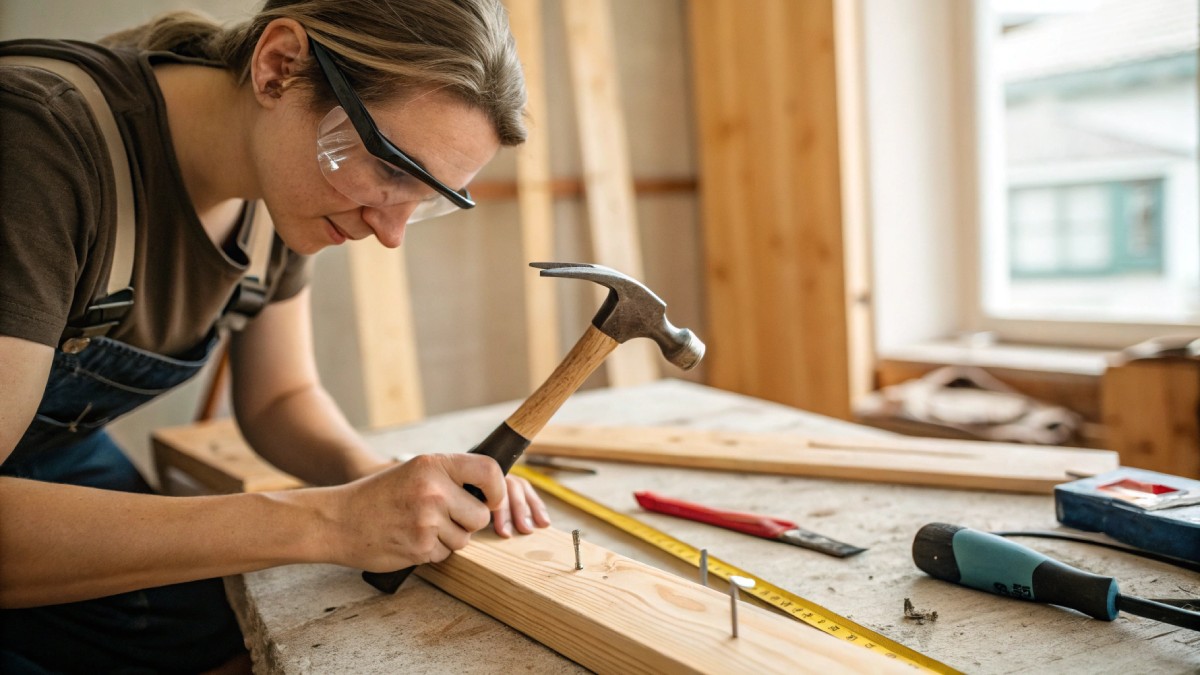
Maintenance Routine
Clean metal heads with oil or resin remover, sand rough wooden handles, and replace any cracked grips. A cared-for hammer can last decades while performing like new.
Common Questions About Hammer Selection
What’s the best hammer weight for DIY?
For general home use, a 16-ounce curved-claw hammer hits the sweet spot — light enough for control, heavy enough for solid strikes.
Is titanium worth the price?
If you hammer daily, yes. Titanium reduces vibration and fatigue dramatically. For occasional work, steel or fiberglass models offer great value.
What’s the difference between curved and straight claws?
Curved claws are better for nail removal in tight spaces, while straight claws offer leverage for prying boards and light demolition.
Can one hammer handle all tasks?
A 16-ounce smooth-faced claw hammer can handle most household jobs, but serious DIYers often keep a framing and finish hammer as well.
How often should I replace my hammer?
There’s no set timeline. Replace or rehandle when cracks, looseness, or rust appear — or when grip comfort declines.
Pro Tips From the Workshop
- Keep a basic trio: one lightweight hammer, one heavy-duty framing hammer, and one specialty tool.
- Upgrade grips if your handle feels slippery or hard.
- Focus on consistent, controlled swings rather than brute force.
- Invest in magnetic nail starters if you work overhead often.
Conclusion — Strike Smart, Work Safe
The right hammer feels balanced, confident, and almost effortless in your hand. Once you match tool design to your task — from delicate trim to full-frame builds — you’ll notice cleaner results and less fatigue.
Treat your hammer as more than a basic tool. Keep it maintained, respect its limits, and always prioritize safety. A smart choice today builds safer, smoother, and more successful projects tomorrow.

